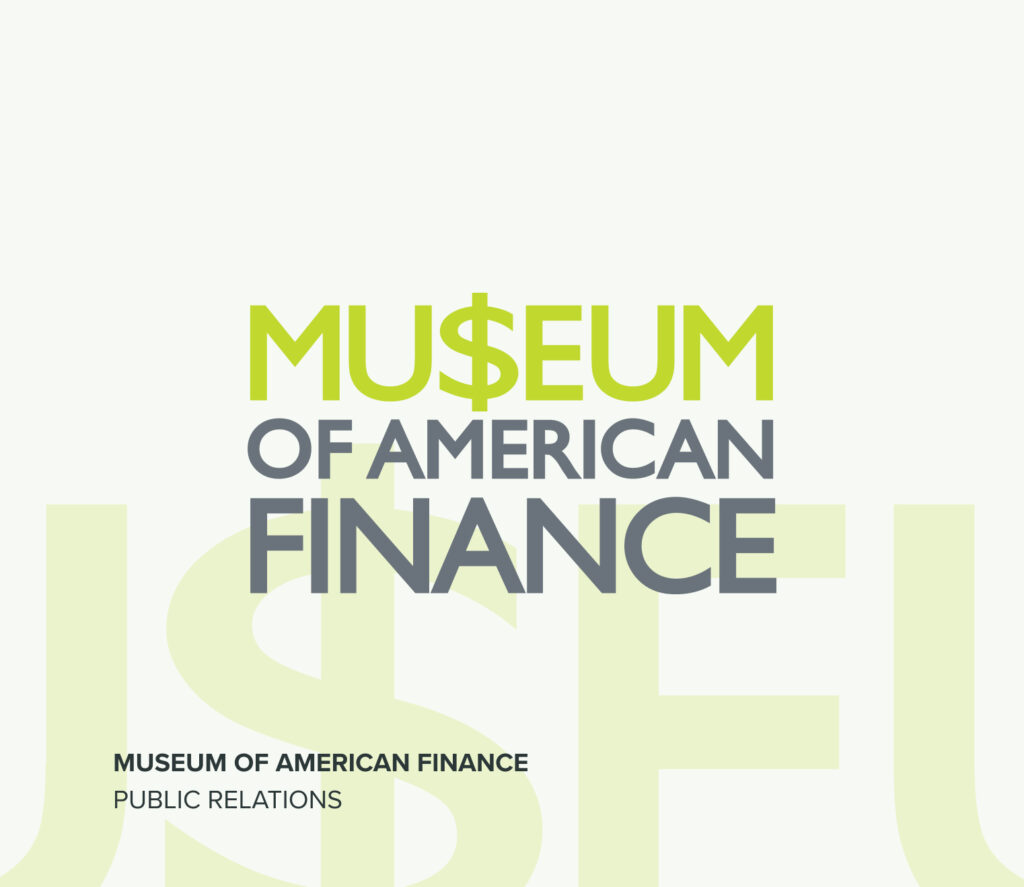Vested’s invaluable VestED intelligence service has called attention to a renewed investor interest in bonds. It is a worthy subject. The rise in yields fostered by the Federal Reserve’s (Fed’s) counter-inflationary efforts has for the first time in a decade given investors reason to include bonds in their portfolios especially for the ballast they have traditionally offered against the greater volatility of equities and other, more exotic holdings.
Movements during the past year have certainly been radical enough to change perceptions. Since the Fed and other central banks began their anti-inflationary moves last spring, yields have risen to levels not seen in years. Bloomberg’s Global Aggregate Bond Index now offers a yield of about 4 percent, more than three times its 1.3 percent level at the start of 2022. In the United States, yields on investment grade corporate bonds have edged above 4 percent, more than twice their 1.8 percent level at the start of 2022. For the first time in over a decade, bonds – both in Europe and the United States – yield more than stock dividends do. Bond yields are still below inflation rates in America and especially in Europe, but today’s yield levels nonetheless offer attractions on several levels.
To be sure, investors who pay close attention to total returns remain wary. They are well aware that the world’s central banks plan additional interest rate increases, which should produce still more attractive bond yields in the near future. Those planned rate hikes will also produce price declines. In 2022, the yield rise in the Bloomberg Global Aggregate forced about a 15 percent price loss. No doubt for these reasons, monies among this sort of investor are still flowing out of bonds. Aggregate data are not yet available, but the Investment Company Institute (ICI) tracks mutual fund flows that are usually a good guide to more general money flows. The ICI estimates that long-term flows out of bond funds and exchange-traded devices averaged about $5.7 billion early in January, about where they have averaged for some time.
But not every investor shares a singular focus on total return. Some argue, quite reasonably, that today’s heightened yields will buffer the effects of any future price erosion. Consider that today’s 4 percent yield can offset two or three times the price erosion that yields could at the beginning of 2022. Bonds in a portfolio then, even if they suffer further price declines, will not lose as much as they might with lower yields and perhaps even show a positive total return despite price declines. Such considerations can make bonds an agent of stability when mixed with assets that have no such buffer.
There are also players who have even less regard for price movements and focus exclusively on the cash flow an investment produces. Take retirees, for instance. Many might consider a 4 percent cash flow from investments a comfortable income on which to live. Since these people have little intention to sell the holdings, price action means little. When yields were low, such investors had no choice but to opt for stocks and other more volatile investment vehicles. But with yields now up, they might feel quite comfortable with bonds. Similarly, there are pension fund managers and those in charge of endowments who look at investment options in terms of the yield needed to meet the obligations they have to their beneficiaries. These yields, often referred to as “actuarial assumptions,” are sometimes couched in terms of total return but not always. When not, current heightened bond yields might well serve actuarial needs, regardless of whether prices might lose ground or whether yields will be that much more attractive in the future.
Though hard data are not yet available, it is entirely likely that some of these investors are already moving toward bonds. It is also entirely reasonable to expect that interest in bonds will intensify as the world’s central banks raise interest rates still higher. For those investors moved by total return, however, the movement into bonds will likely wait until the Fed and other central banks indicate an end to their program of rate hikes, not likely until yields rise above the underlying rate of inflation.


